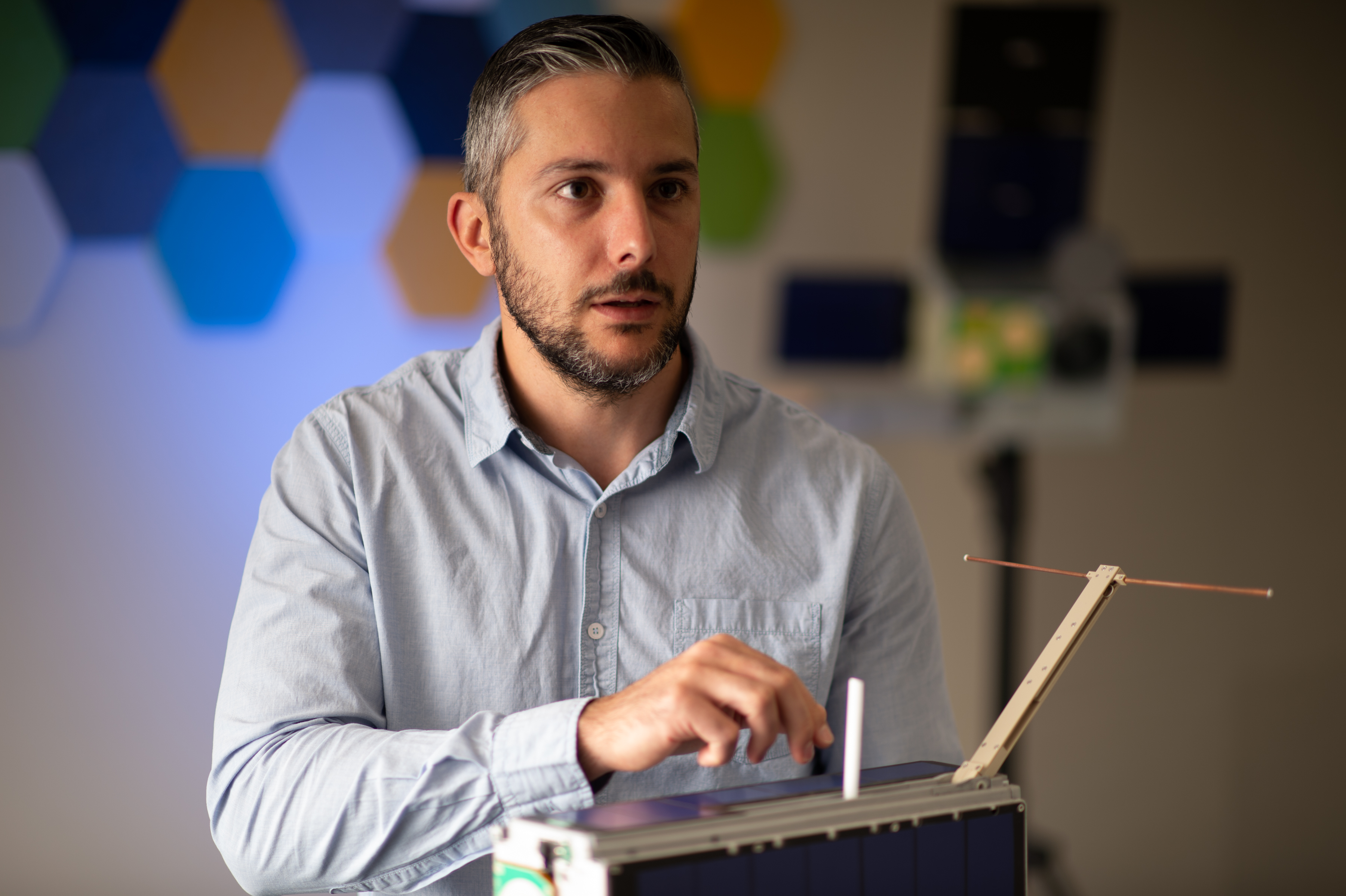Andrin Tomaschett leads Australia’s most complex space mission to date
As UNSW Canberra’s M2 mission spearheads Australia’s return to the global space sector, Spacecraft Project Lead Andrin Tomaschett shares his excitement ahead of a scheduled ‘controlled separation’ of the two satellites M2-A and M

